The understanding that small decisions accumulate into larger consequences drives Mexican-born, Chicago-based drummer and composer Gustavo Cortiñas. This also informs his sixth album as a leader, The Crisis Knows No Borders, released via Desafío Candente Records. The project confronts climate change head-on, examining how environmental collapse doesn’t recognize political divisions and geographic borders. Cortiñas has built his career on music that grapples with urgent social questions—from the sprawling meditation on colonialism in Desafío Candente (2021) to the bilingual exploration of immigration in Kind Regards (2022)—but this latest work carries particular weight in an era of increasing global instability.
Cortiñas grew up surrounded by books in Mexico, the son of a Uruguayan university professor who practiced "law as a science with a conscience" and a Mexican elementary school educator. His intellectual foundation was matched by an equally diverse musical education that included everything from Chavela Vargas to Wagner's operas. At age ten, he took over the kit when his brother was late to a drum lesson, setting Cortiñas on a path that would eventually lead him to New Orleans, where he absorbed the city's unique musical community. Later, he ended up in Chicago, where Cortiñas became one of the most sought-after drummers in the city's creative music scene.
The Crisis Knows No Borders features the exceptional ensemble of guitarist Dave Miller, tenor saxophonist Jon Irabagon, and violinist Mark Feldman. The unusual instrumentation allows for remarkable flexibility while embodying the interconnectedness that lies at the heart of the album. Compositions like "Oil and Water Don't Mix" use counterpoint to illustrate separation and flow, while "The Basic Economic Farsity" critiques systems that prioritize luxury over essential needs. The album closes with "Meditation on the End of Times," a drum solo that Cortiñas describes as reflecting on "the end of times,” a sobering conclusion to a project that examines how convenience often prevents the small sacrifices necessary to address our shared environmental crisis.
Host Lawrence Peryer recently sat down with Gustavo Cortiñas for the Spotlight On podcast. In their conversation, Cortiñas discussed the album’s themes, his philosophy of balancing artistic expression with urgent social commentary, the unconventional thinking behind choosing the members of his ensemble, and the creative process behind his programmatic compositions.
You can listen to the entire conversation in the Spotlight On player below. The transcript has been edited for length, clarity, and flow.
Lawrence Peryer: Not to beat around the bush, I'm assuming, given the timeline, you conceptualized and worked on The Crisis Knows No Borders before the 2024 election.
Gustavo Cortiñas: Absolutely.
Lawrence: And now that we have a different regime with very different priorities, I’m curious about how the project sits with you.
Gustavo: The project was already low on hope to begin with. (laughter)
The last song is a meditation on the end of times. I have an ongoing feeling that convenience keeps getting in the way of even small sacrifices that we can all make to save the world. I don't think that's a new thing—I don't think that's pre-2024. It's the tiny decisions we make daily that can make the world better, not only in terms of the environment, but also in our society in general, our relationships, both economic and personal. Those types of things kind of keep getting in the way.
Capitalism, or perhaps democracy, is a little too idealistic to leave the decisions that will save the world to everyday people who are continuously being pressured by the system, such as those who have to decide whether to buy an environmentally sustainable product or the cheaper one when they're already struggling to pay rent. All these little decisions. Those are among the most dire things, but then there’s the question of whether to recycle. It's a little tricky. Do I turn off the light while I'm doing this, or do I fix the dryer for $250 with no guarantee, or do I get a new one for $500 with a five-year warranty?
Everything is already stacked against the world, making decisions difficult for us and our neighbors. And then, if that wasn’t already enough, the added thing is that it’s not only those small decisions. There was a small but meaningful effort from the prior administration to do something about this. And now there's a complete 180, and everyone’s trying to make a buck and flip everything in the direction of money. Like I said, it was already a little hopeless. However, it’s a little more heartbreaking to discuss these issues nowadays.
Lawrence: I think of another issue that comes up frequently when I talk with artists: streaming music. This miracle of spending $10 a month and having the universe of music available is such an incredible joy until you scratch the surface and talk to artists and other people who make their lives in the creative fields.
It's been very interesting for me over the last six to nine months in my conversations here, to hear how many artists, especially in the creative music field or independent artists, who are saying, "I don't need the algorithm because I'm not making music designed to be a million seller, why even bother then? Why swim in that pool?" It's fascinating to hear how artists are coming around to some of those realities as well and just opting out.
Everybody has to make their own choices, but ultimately, the incentives are what are broken. It would be so easy to subsidize different things, subsidize fixing your dryer (laughter) if we decided that was important, or stop subsidizing other things. It's part of this scarcity mentality that we have. There's enough to solve so many problems; it’s just the will that seems to be in short supply. It's not capital, it's not smarts. We have lots of that. Anyway, I'm ranting at you. (laughter)
Gustavo: Preach! We see this every day. We see it in the supermarket, people packing peeled oranges in a plastic container. Why is that? All these little systems that you said—these sustainable practices that should be subsidized are kind of left on their own to see if the market willfully wants to pick them up. And then all these other things, be it through unsustainable agricultural practices or everything that we're witnessing with the petrochemical industry and all that stuff, get huge subsidies.
Is our tax policy a reflection of our morals? Are we that depraved? Perhaps we are, but I have a stronger sense that governments tend to pick and choose how they reflect our morals. Doesn't matter which party it is. I mean, we talk about this on the topic of abortion, for example, how like a significant majority, regardless of a party, supports choice, but we don't want to do that. Gun control. Healthcare. All these things where the public morality is way ahead of where our political structures let us go.
Lawrence: I think the great example of that from our somewhat recent history is the Civil Rights movement. It took so long to drag the Supreme Court, the executive branch, and the legislative branch to where the public stood. The public led the Civil Rights movement. The public demanded the passage of the Civil Rights Act and the Voting Rights Act. It wasn't a result of inspired leadership or a great act of courage.
Gustavo: Exactly. It's coming from below now. It's not top-down, as they often claim in economics.
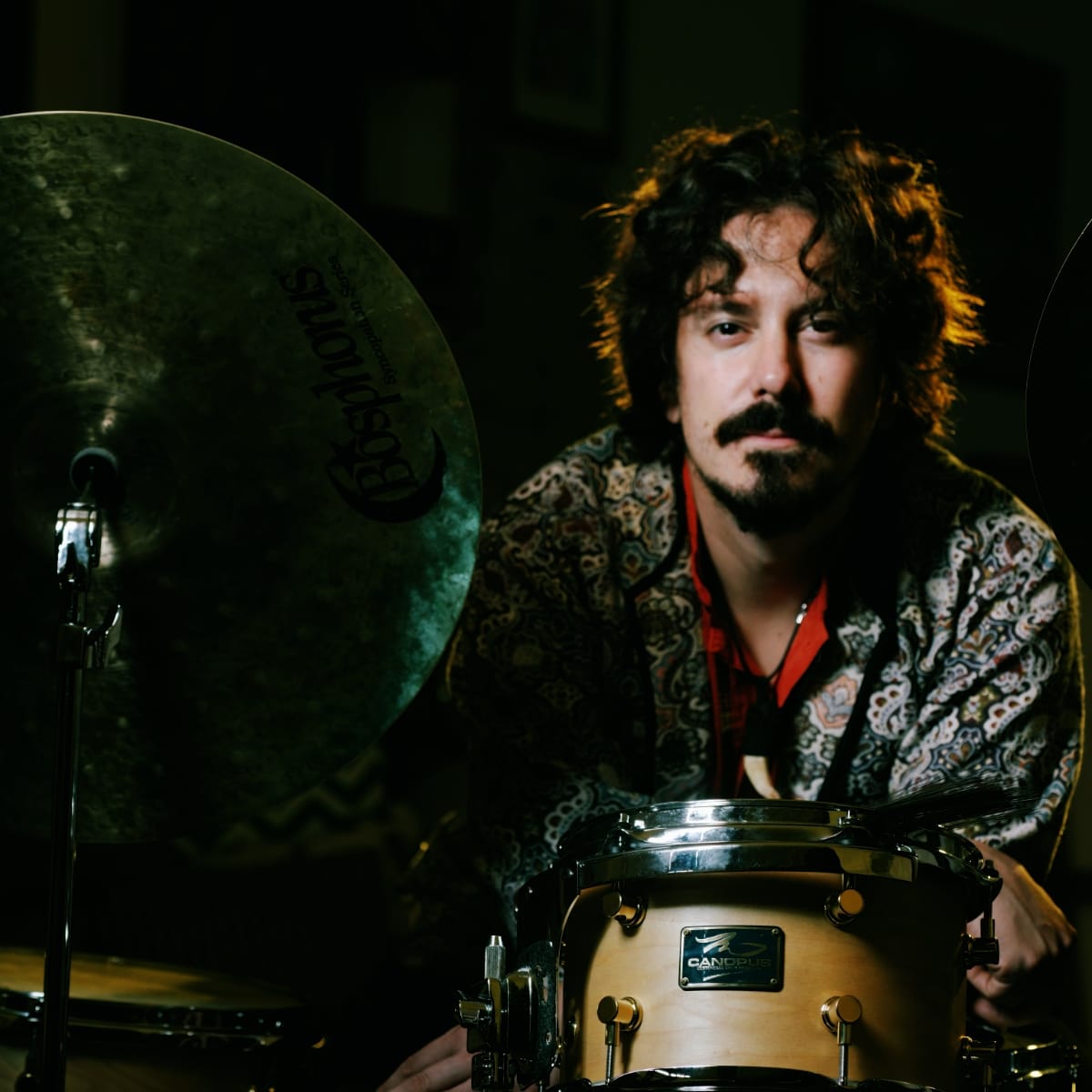
Lawrence: It's interesting. I live just outside of Seattle. I moved here from New York City several years ago. Seattle was kind of late to the game in developing light rail. There's this regional light rail project that's like the never-ending project. The city is now pretty well-connected, but they’re starting to connect the outlying areas, and there’s all the talk you’d expect, like it’s a million dollars a foot or whatever. There is a lot of sniping about the light rail project.
I think the light rail is the most beautiful aesthetic thing that I've seen around here, other than the natural beauty. When I see the light rail at night, with the curvature of the track, and the train rises, it's kind of quiet. It's not the roar of the elevated subways in Chicago or New York. It's sort of beautiful, and every time I see it, I'm like, "Man!" I love the light rail. I love taking it. I love looking at it. I love watching them extend it. I love looking at the construction site. It's a complete non sequitur, but the solutions aren't always inconvenient, and aren't always ugly, and aren't always a sacrifice.
Gustavo: They only are when you let infrastructure get run down or you don't connect it properly. The L in Chicago is a good example. Talk about a subway system that works as a web. Everything goes in, nothing goes around. So, if you just want to take the train, you have to always connect through downtown, or you have to use the bus system, which, in my experience, can sometimes be a little unreliable. And then there's like the problem of how that infrastructure is run down. The cars are rundown, the tracks need maintenance, and it’s not as quiet as your light rail. We're not prioritizing that—we're repaving the street for the tenth time in 10 years.
Lawrence: I feel like I heard this decades ago, and I'm no expert, but I feel like the theorists behind traffic study—game theorists and mathematicians—they know that every time you add a lane, it just fills right up. You're not expanding capacity, you're expanding the motivation to drive. We know these things, but it looks like the city’s doing something when you expand a highway.
Gustavo: And the bottleneck stays the same, too. That one traffic light in downtown Chicago is going to stop everybody as it always does.

Lawrence: I feel like our conversation is going to meander between what I'll call the aesthetic, as well as the topical, or the social, or the political. I'm also curious about the specific musicians and the specific combination of instruments you chose to address the themes on this album. Is there a connection?
Gustavo: Starting with the musicians, I would say that this project came from a somewhat whimsical idea. I had played with both Dave (Miller) and Mark (Feldman) and had some hangs with them here in Chicago. I'd heard Jon (Irabagon) many times, and all of them are like people who I deeply admire, often on the bandstand.
I got this opportunity for a gig, and I was imagining what they would do—not even those instruments, but what those people would sound like together. I was just like, "Man, I'm just going to give them a call, and if they can make this gig. I've got about three months. I already have some ideas for this music. I'm going to write a whole new set of music with these ideas and these concepts for these people." The inspiration was very much there. So the stuff just kind of flew in that direction. I will say that a lot of it was me thinking from the perspective of who was on the project rather than what instruments were there. I think those three play themselves more than they play their instruments. I think that's pretty special.
I wanted the aesthetic to be quite flexible to go beyond any particular genre, and I wanted it to pack a punch. I definitely wanted some aggressiveness. But the incredible thing about these guys is that they have the spectrum to play the most delicate, beautiful thing you've ever heard. And also the ability to smack you right in the face and shock you with what they play. That's what I wanted this project to be.
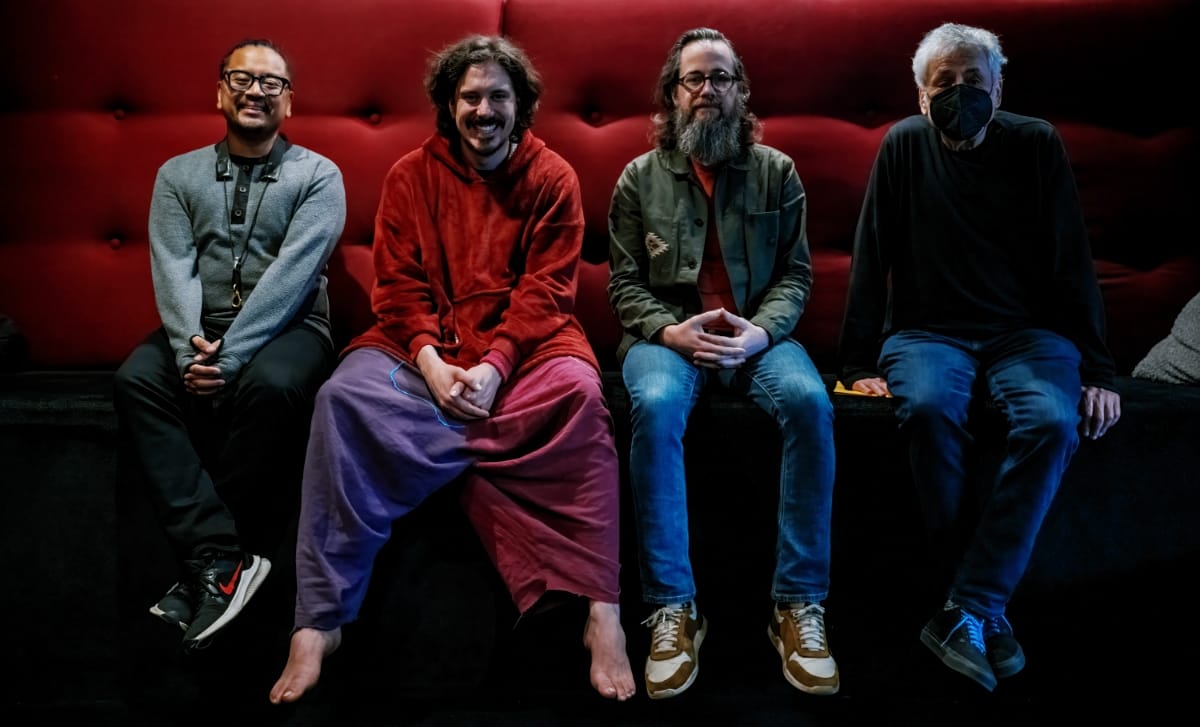
Lawrence: When you're creating message music or music that comments on and integrates real-world themes, how do you balance that with making music that stands alone on aesthetic and artistic terms? Do you have to be mindful of maybe not being overly intellectual or sacrificing the art for the message?
Gustavo: I would say that I use inspiration, and I haven’t found these intellectual ideas or emotions to be something that limits my writing, but rather as something that expands it. It doesn't matter what idea you have; I can have a melodic idea already that doesn't have a connotation, and I'm like, "Well, I'm going to grab that idea and I'm going to use it for this composition." I’m like a person grabbing the idea and being like, "What kind of world am I trying to build around this? What kind of juice am I going to get out of the idea? How do I want to transform this idea and tell a story with it?" That's where this programmatic, thematic approach to composition proves itself to be very fruitful. It's where it forces you to think, maybe not outside the box, but maybe in a different box, which is to me more important.
I always talk about how—to get a little Hegelian about it—pure undetermined freedom means nothing until you limit it and give it up. That's when it realizes its potential by limiting itself. And the same goes for music; it’s like being able to go inside a box and thinking, "Okay, what kind of world am I trying to build if I'm trying to express these ideas?" And that becomes a huge aid to me in making my music and taking my compositions into very different directions. It’s better for me than sitting in front of the piano trying to make pure music, maybe because I'm not as great a composer as other people in that way. Some people may be able to flow a million contrasting ideas out of thin air for pure aesthetic pleasure. But I’ve found great help in trying to tell a different story through my music.
Lawrence: Some of the song titles are very explicit in message. They're little statements in and of themselves. How do you sonically get to those themes? Is it a similar process?
Gustavo: It depends on the song. Every song starts differently—every piece. For example, I have a song called "Oil and Water Don't Mix," one of my favorite pieces on the record. And for that one, I was like, "Okay, what illustrates that to me?" And I wrote a counterpoint for the violin and the saxophone because counterpoint is all about points of contrary motion, never crossing each other’s lines, and so on. It kind of illustrates the idea of not mixing.
So these two currents are kind of moving together at the same time, blending because they are playing together, but they're not. They follow a certain rule, and they cannot go beyond that. And at the same time, the drums have a main texture, and I build from that texture. And the main texture is these shakers, the seeds used by Aztec dancers in Mexico. And often, they use them on their ankles or as bracelets.
I had the pleasure of collaborating with a man named Xavier Quijas Yxayotl. He participated in two tracks of my record Desafío Candente, and he was kind of an eminence of Aztec and Mayan pre-Hispanic music in Mexico. He collaborated on two tracks. After that, he invited me to record with him, and he was using these seeds. He explained to me, “This is how I do the sound of water. These seeds are like droplets. Look, if you use it like this, it sounds like a creek far away. If you start moving, it can sound like rain. If you start really shaking it, it can have something else.” What we would do is pack it with reverb, and then it creates this whole thing.
So, I grabbed those types of concepts on that track. "Okay, I'm going to develop this landscape of water. I'm going to build these other textures throughout the drums while I continue, and this texture will evolve into a storm." So that kind of thing. And then Dave, I just let him go wild. I told him that we're going to treat this kind of like "Nefertiti.” That song is approached a little bit like "Nefertiti" from Miles Davis, where the melody on that track just repeats over and over, and they never go into the solos. It ends up being a rhythm section feature with the melody carrying the pulse throughout the song. So I thought, "I want to create a vibe like that, one that has a watery flow, a storm that’s growing, while we have these agents that cannot mix underneath."
Lawrence: On a project like this, you're wearing multiple hats—performer, composer, band leader, producer, arranger, all these things. Some of those roles require you to be maybe first among equals, especially the band leader role, as well as a collaborator. How do you navigate all that?
Gustavo: For the most part, I like to have a conversational group environment where everybody gets to bring themselves. I mean, if you're going to call people like Dave, Mark, and Jon, you call those people because you want their voices in the project. It would be a missed opportunity to have their creativity there and not take advantage of that—not take their input, not let them lose, not let them do their thing. I like to emphasize that, as much as possible. I think that’s where the group’s strength really shines.
Every once in a while, we are executing my compositions, and the compositions sometimes have an arc that needs to be expressed. For example, on "The Basic Economic Farsity," I remember we had to do an extra take because I wanted a certain arc to build throughout the thing. We were playing this improvised solo in a particular way, and I was like, "I'm okay with anything happening in the solo. I'm just asking that we end here because we're going to lead to the end of the melody in this huge thing. And it's not happening." I had to say, "No, no, it's not happening, and we need to do it like it'll happen." So things like that, and that's like a balance. Especially with program music, if you're trying to create a picture, you want to bring the piece and get all these visions and creativity from all your partners to create that picture. But if the picture isn’t happening, then you have to step in and direct a little. And honestly, all these guys are really great and humble. And they're open to creating the picture.
Check out more like this:
 The TonearmLawrence Peryer
The TonearmLawrence Peryer
 The TonearmMichael Centrone
The TonearmMichael Centrone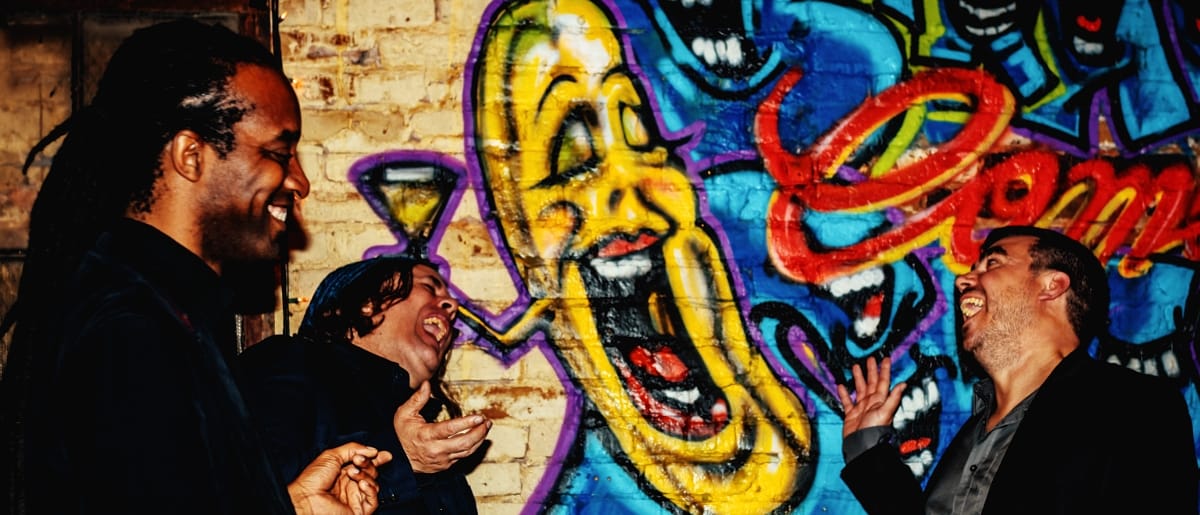


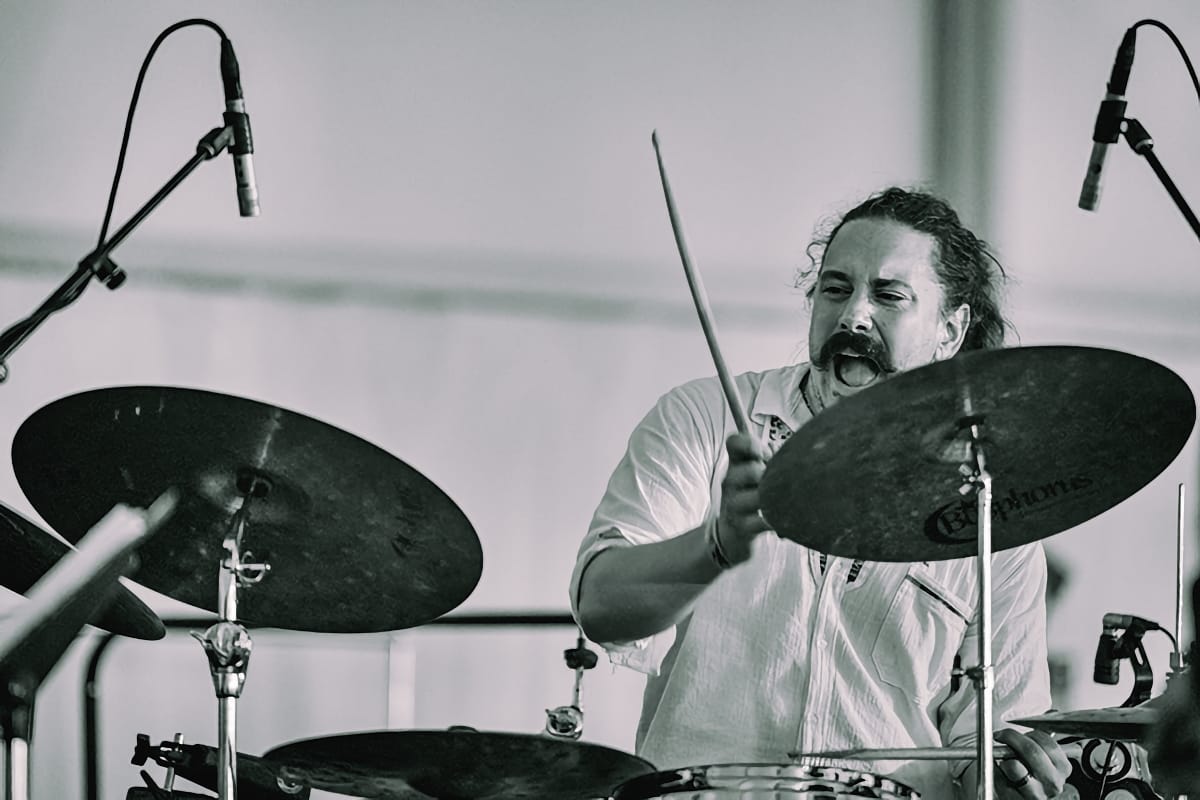
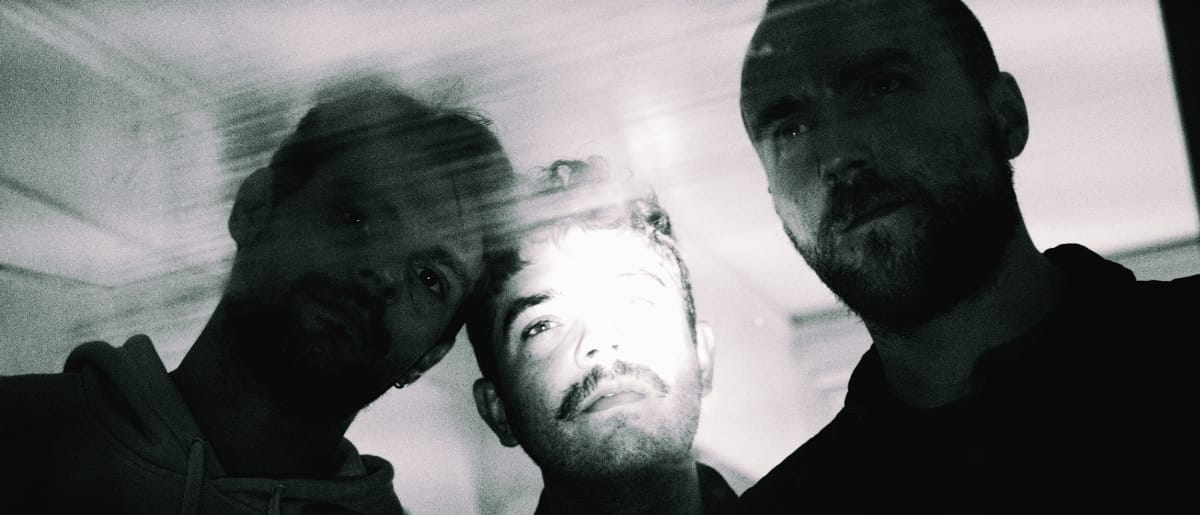
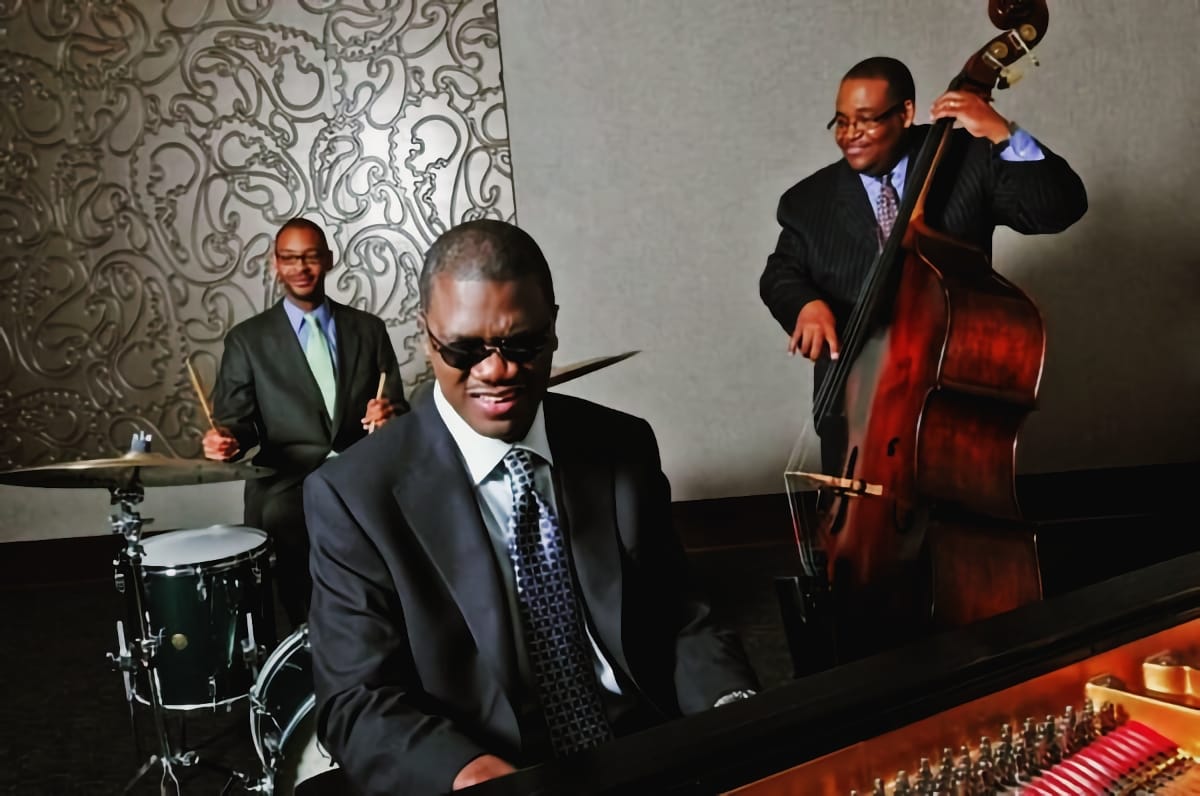
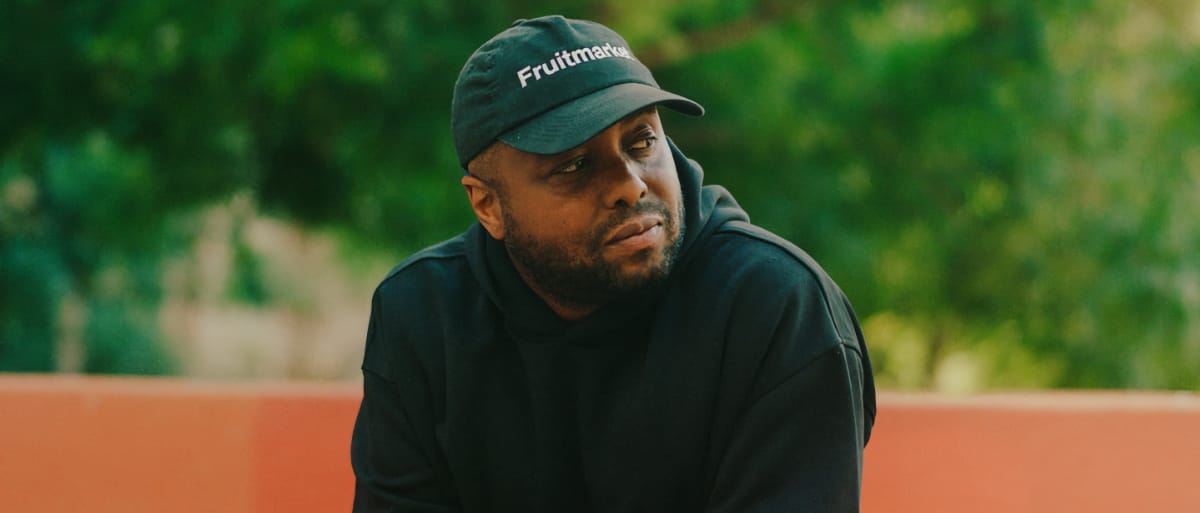
Comments